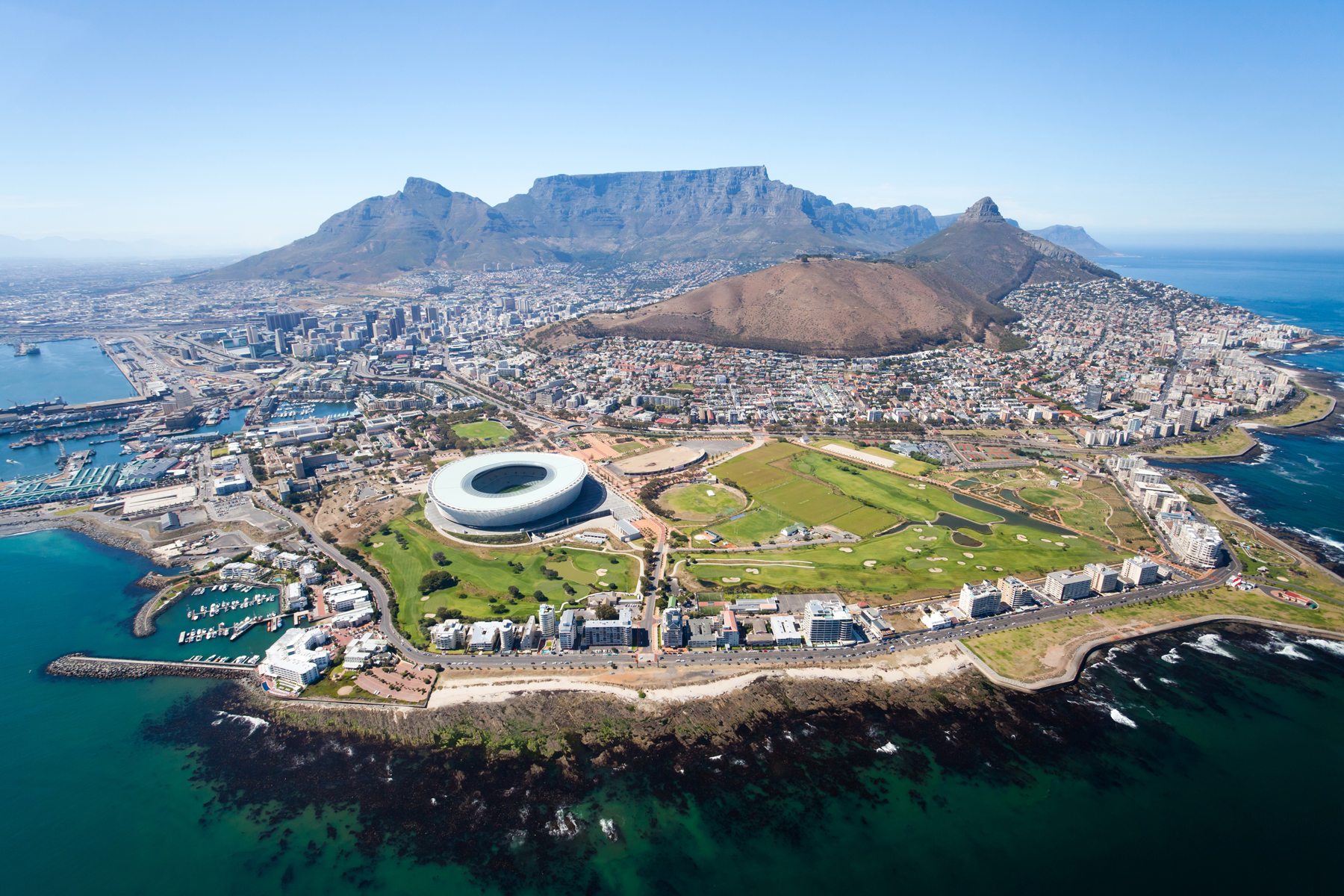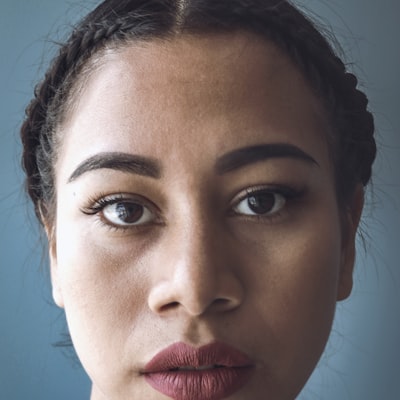Examine This Report about "The Best Outdoor Activities to Try in Cape Town, South Africa"

Bo-Kaap, also known as the Malay Quarter, is a vibrant and multicolored area located in Cape Town, South Africa. This famous region is full of abundant lifestyle and record that has created it a substantial part of the area's ancestry.

The sources of Bo-Kaap can be traced back to the 17th century when Dutch inhabitants come in in Cape Town and took along with them slaves from Southeast Asia, featuring Malaysia and Indonesia. These slaves were mostly Muslim and became known as the Cape Malay community. They were forced to live in this location by their Dutch professionals because they were considered undesired due to their religious beliefs.
Today, Bo-Kaap is a assorted area that commemorates its background and lifestyle through its unique design, cuisine, foreign language, and traditions. The vibrantly colored homes that edge the streets are a renowned site of Bo-Kaap's background. These properties were initially repainted white colored but were later painted in brilliant colours by the individuals to commemorate Eid.
One of the most substantial social occasions celebrated in Bo-Kaap is Ramadan. During the course of this month-long time period of fasting for Muslims worldwide, Bo-Kaap comes active along with standard food stalls selling samosas, koeksisters (delightful pastry), and other specials.
An additional vital part of Bo-Kaap's culture is its foreign language. Afrikaans is talked typically throughout South Africa but Cape Malay individuals have established their own dialect contacted "Cape Afrikaans". This dialect includes words coming from several languages such as Dutch, English, Malay/Indonesian foreign languages such as Bahasa Melayu or Bahasa Indonesia.
Bo-Kaap additionally has actually many museums dedicated to preserving its past and society. The District Six Museum showcases the impacts of discrimination on neighborhoods like Bo-Kaap where several homeowners were forcibly gotten rid of from their homes throughout apartheid-era "city revitalization" systems or Group Areas Act which was made use of by South African government between 1950s-1980s to split people by nationality. The Bo-Kaap Museum displays the record of the region and its individuals, including their traditions, custom-mades, and views.
In add-on to its cultural tourist attractions, Bo-Kaap is also home to numerous cathedrals. View Details is the earliest mosque in South Africa and was constructed in 1794 by relieved servants who had changed to Islam. It provided as a spot of worship for the Cape Malay area during racism when they were not made it possible for to worship at various other mosques.
Bo-Kaap is a melting pot of lifestyles and faiths that have happen together over centuries of past history. Its vivid streets are packed with the audio of typical music and the smells of delectable food. A see to Bo-Kaap is an opportunity to immerse oneself in a distinct culture that has a intriguing history.
In conclusion, Bo-Kaap is an essential component of Cape Town's history and culture that need to not be missed by visitors. Its vibrant streets, mouth watering meals, special language, abundant traditions and customizeds all make it a remarkable destination for anyone fascinated in discovering regarding South Africa's unique ancestry.
